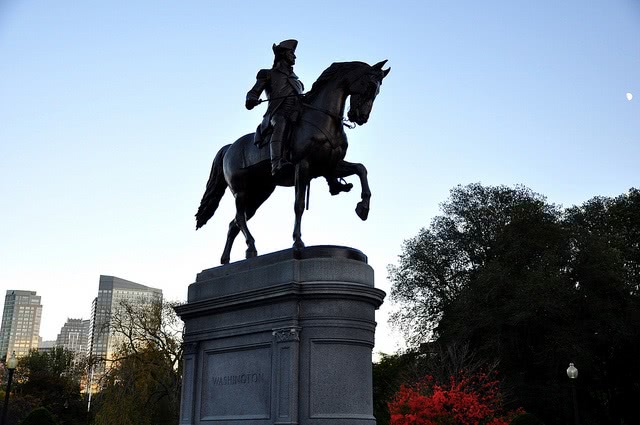
Flickr user Open Grid Scheduler
The SAT is such a normal occurrence for high school seniors and incoming college freshman, that many don’t think about the roots of the test today. It’s actually less than a 100 years old. Here’s how the SAT become one of the most used standardized tests across the United States.
Early Beginnings
In the 1900’s, colleges had their own versions of the entry test, each unique to the school. This would require any applicants to travel to the school and students would find different formats and questions at each university. In 1900, the newly formed College Board set out to fix this, and created a set of uniformed essay questions on subjects including English, French, German, Latin, history, Greek, mathematics, physics, and chemistry. Scores were given ranging from very poor to excellent and almost all students taking the test were from private schools.
It was around the same time, in 1905, that Alfred Binet invented the first IQ test. During World War I, Robert Yerkes from Harvard and Carl C. Brigham would administer the new IQ test to Army recruits, in an effort to find those best suited towards becoming an officer. In the early 1920’s, Brigham would be hired by the College Board to develop a test that would be popular among all schools, not only private.
The First SAT
The first SAT, known as the Scholastic Aptitude Test and developed by Brigham and his team, was administered in 1926, combining a range of nine different subjects from definitions to antonyms to logical interference. The test had 315 questions and students only had 90 minutes to answer them all.
Later years would see a reduction of sections and an increase of allotted time. Though, in 1930, the test saw a split between verbal and math sections. Several times the math portion was completely eliminated and then re-added. However, a similar structure would survive from 1930 until 2004. In 1934, Harvard began requiring students to take the SAT.
The 1950’s and Beyond
From the 1930s until the 1950s, the SAT underwent several small structure changes, timing requirements, and larger scoring changes. It also adjusted its name several times. Originally known as the Scholastic Aptitude Test, it would be later called the Scholastic Assessment Test, the SAT I: Reasoning Test, SAT Reasoning Test, and finally, just what we know it as today: the SAT.
In 1952, the verbal section of the SAT was largely set in stone and remains similar today, being comprised of reading comprehension, analogies, antonyms, and sentence completion questions. By the end of the 1950’s, over half a million would be taking the test each year and the ACT, the SAT’s rival, would be born.
In the last 20 or so years, the SAT has still undergone many changes, including how the test was scored and the addition of the essay in 2005. Even within the last year, the SAT received a major overhaul. 2016 saw a redesigned SAT which included changes to the vocabulary, math, and other sections, in addition to making the essay optional.
When you take the SAT as a high school senior, you can be sure that the test administrators have worked hard over the last 100 years to deliver a standardized test that fits both what a student is capable of and what the colleges are looking for.
Interested in seeing how your SAT score can affect your acceptance odds to nearly any college in the US? Check out College Raptor’s free match tool!


